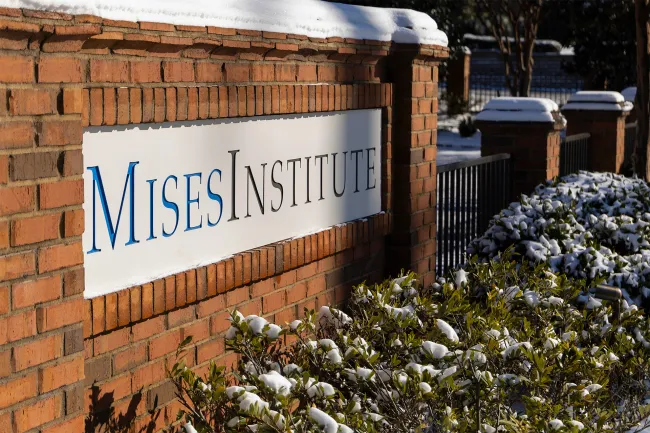There is a common mistake a lot of opponents of Trump’s tariffs are making right now. When pointing out, correctly, that the tariffs Trump is implementing will drive prices up, they often pin that on “companies passing the cost on to consumers.”
But that’s not how prices work. The actual reason prices go up is a bit different, but it’s important to understand.
Prices do not come from the cost of production. That misconception was popular with economists back in the days of Adam Smith and, unfortunately, it remains common today among the public.
But a few hundred years ago, during the so-called “marginal revolution” some economists came to recognize that prices actually represented the producers’ anticipation of how much consumers would value the marginal unit of whatever was being produced.
And that, therefore, costs are only born by producers if they believe consumers value the good being produced enough to make the cost worth it.
So it’s more accurate to say that costs come from prices than it is to say prices come from costs.
If that’s counterintuitive, consider the example economist Richard Whately used back in the 1800s. He pointed to pearls, which at the time required collectors to free dive, sometimes as deep as 100 feet, to collect oysters in the hopes that some would have valuable pearls.
Whately correctly said that the reason people were willing to dive that deep in search of pearls was because buyers valued them enough to pay high prices. Pearls did not fetch high prices because people had to dive for them.
If that had been the case, the pebbles and small rocks lying in and around the oyster fields would have fetched a similar price as they were just as challenging to collect.
So what exactly does this have to do with Trump’s tariffs?
Tariffs impart a new cost on producers. That new cost does not change the market price directly, as it does not affect how much people value the stuff being consumed.
But the new cost does mean that the foreign producers operating right on the margin—selling things at a price only a little higher than the cost of production—will now take on economic losses if they continue selling to domestic consumers.
Eventually, these foreign producers will have to stop offering the products they’re now making losses on. When that happens, the supply falls. But remember, consumers value these products just as much as they did before. So a drop in supply without a drop in demand drives the price up.
That is how tariffs raise prices.
And that’s important because, in addition to being wrong, the characterization that companies just “pass” their new costs onto consumers implies that only consumers are hurt by tariffs. In reality, everyone involved is impoverished by the artificial scarcity.
I’ll end with an extended quote from Jonathan Newman that I think drives home the absurdity of the “passing on costs” depiction.
“Suppose that tomorrow the government decides to tax the sale of ink for ballpoint pens at $1 billion per mL. Would pen makers be able to carry on as usual and pass this increased cost on to consumers? Would consumers be willing to pay $1,000,000,000.25 for a pen? Of course not. Anticipated consumer demand is a limit on what producers will pay for inputs. More expensive inputs does not mean consumers are ready to pay a higher price for outputs.”


